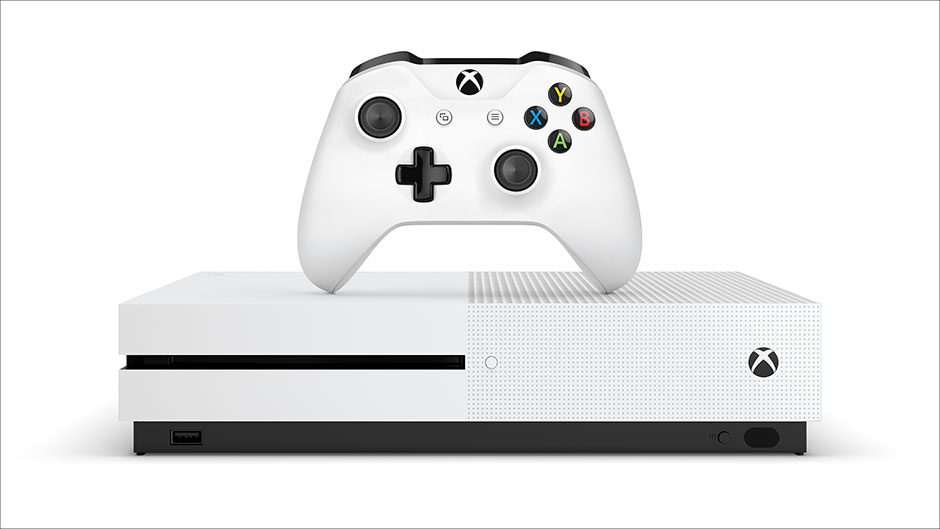 This console generation has proven to be quite… Unique, hasn’t it? Typically, console cycles go through the same motions – all of the big console manufacturers release a system roughly around the same exact time (like, say, the PlayStation 1 and Nintendo 64), the consoles are around for a bit and receive a nice library of games, and a few years later they receive the next generation (in this case the PlayStation 2 and Nintendo GameCube), which has completely new features and an entirely new library of games – you can’t play PS2 games on a PS1, or N64 games on a GameCube. However, with this latest console generation, starting in late 2012 with the release of the Wii U and really kicking into gear a year later when the PS4 and Xbox One saw the light of day, was completely different from all of the others before it. Technology advances at a break-neck pace, and less than four years later, highly advanced gaming PCs have already left the consoles in the dust. But it’s too early to discard the console generation and introduce the PS5 and the Xbox Two, right? People who bought those systems three years ago would be royally pissed! So, what do you do?
This console generation has proven to be quite… Unique, hasn’t it? Typically, console cycles go through the same motions – all of the big console manufacturers release a system roughly around the same exact time (like, say, the PlayStation 1 and Nintendo 64), the consoles are around for a bit and receive a nice library of games, and a few years later they receive the next generation (in this case the PlayStation 2 and Nintendo GameCube), which has completely new features and an entirely new library of games – you can’t play PS2 games on a PS1, or N64 games on a GameCube. However, with this latest console generation, starting in late 2012 with the release of the Wii U and really kicking into gear a year later when the PS4 and Xbox One saw the light of day, was completely different from all of the others before it. Technology advances at a break-neck pace, and less than four years later, highly advanced gaming PCs have already left the consoles in the dust. But it’s too early to discard the console generation and introduce the PS5 and the Xbox Two, right? People who bought those systems three years ago would be royally pissed! So, what do you do?
Well, Nintendo, as always, have taken the rather inelegant option of simply scrapping the Wii U and releasing a new console, the Switch – which, despite a lackluster launch, seems to be doing well, in no small part because it launched alongside one of the best Zelda games ever made. Sony and Microsoft, on the other hand, have taken a different solution – releasing what are essentially .5 versions of their platforms with updated hardware meant to help gamers who desired more power obtain it without cutting off the early adopters, who’d still get to play every game that comes out until the next true generation is released. Sony’s mid-tier console, the PS4 Pro, released last year and offered a smoother experience during VR, the ability to stream 4K video from sites like Netflix and the option to artificially upscale the resolution of certain games to 4K or increase their framerate, alongside many improvements across even games that didn’t officially support the new hardware. It was… Kind of underwhelming, to be perfectly honest, and I’m saying this as someone who typically prefers PlayStation over Xbox. The games didn’t run in native 4K, the improvements weren’t drastic enough and there was no 4K Blu-Ray drive, so you were only limited to streaming in 4K (which isn’t going to become mainstream for a really long time, while 4K Blu-Rays are consistently released as we speak).
As the PS4 Pro came and went, all eyes were on Microsoft’s successor. Now, it’s very important to note that Microsoft already released one upgrade to the Xbox One called the Xbox One S (which, unlike the PS4 Slim, which released around the same time, wasn’t just smaller, but also had actual hardware improvements), so Project Scorpio would be their third major system this generation. One would be excused in wondering just why they’d ever bother… But a look at the specs should be enough to put any doubts to rest. Keep in mind, those technical specs are official, released and confirmed by Microsoft, so we are absolutely getting this when the Scorpio launches. Needless to say, this system’s going to be a beast. With 12GB dedicated RAM and an 8-core processor clocked at 2.3GHz, it’s going to be more than capable of running 4K games natively. True, the framerate is rarely, if ever going to exceed 30 fps, but games should look far better than they do on the PS4, if the technology is fully supported and integrated. Microsoft promised to deliver us the most advanced console ever, and I’ll be damned if they didn’t do just that… But of course, specs like that carry a pretty hefty pricetag. My own prognosis? Project Scorpio will get a new name at E3 in June and will be announced for release in October or November 2017, at the price of $699. Of course, Microsoft would be wise to not announce the price at E3, or else they risk repeating Sony’s mistake from 2008.
